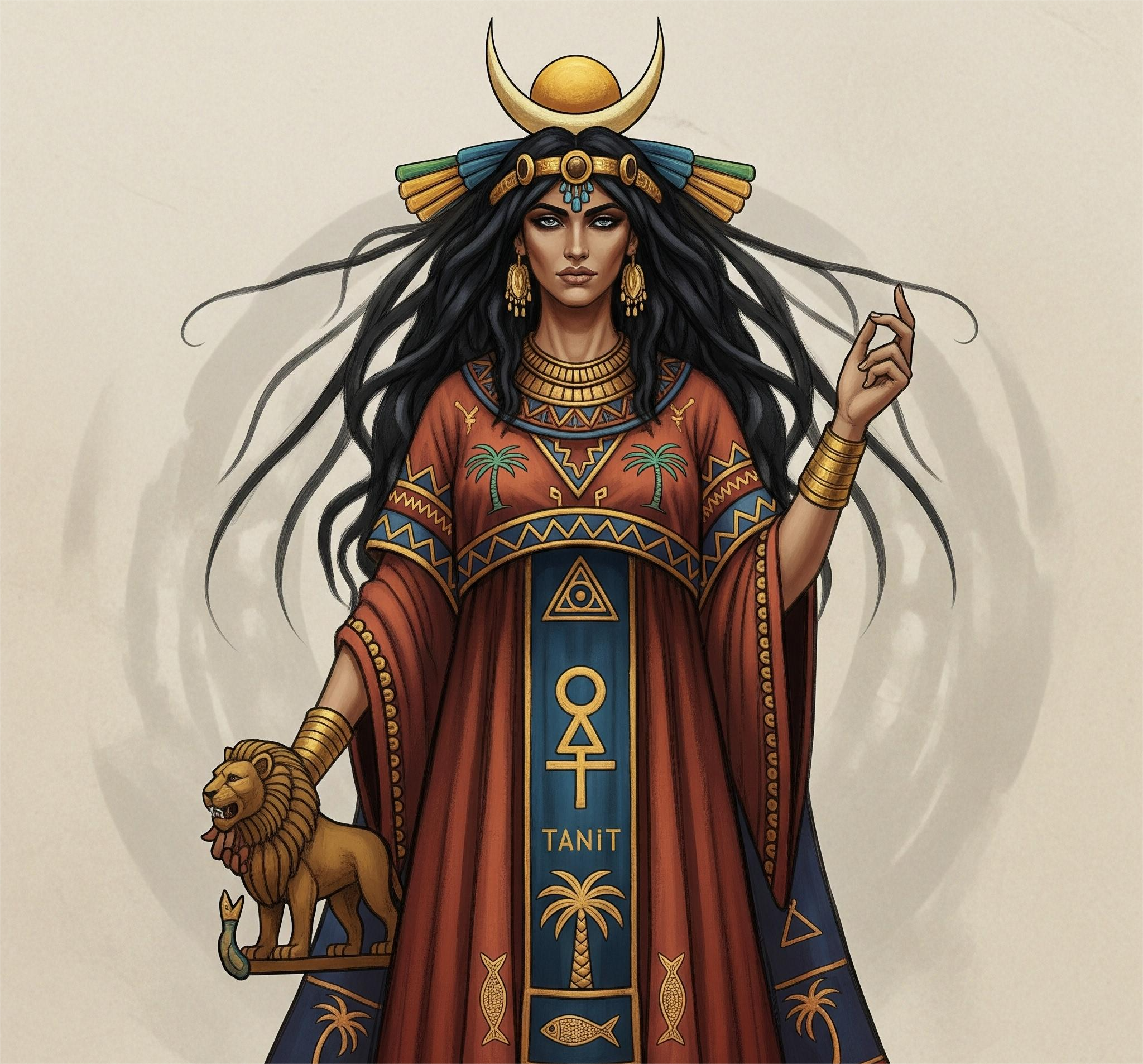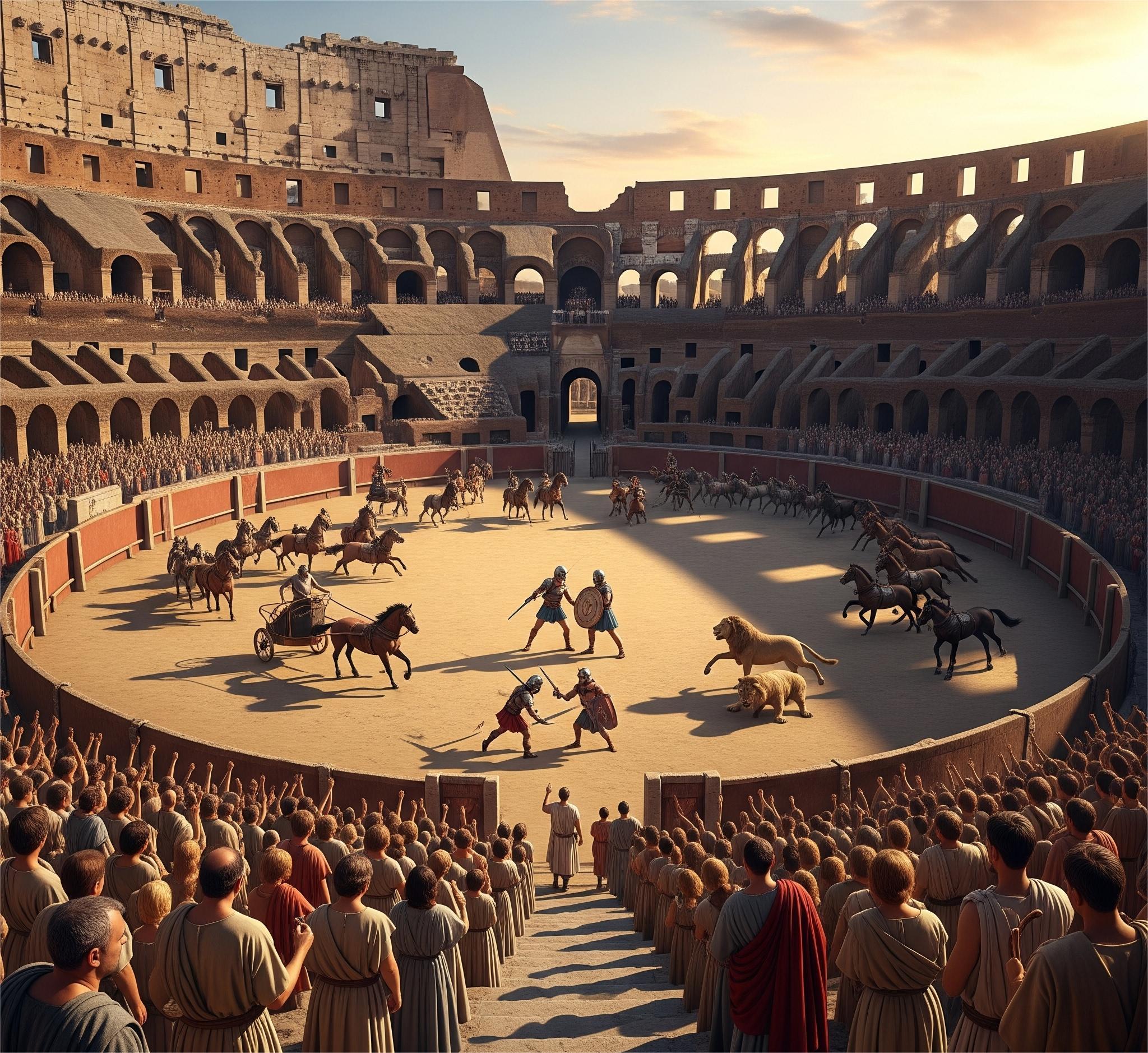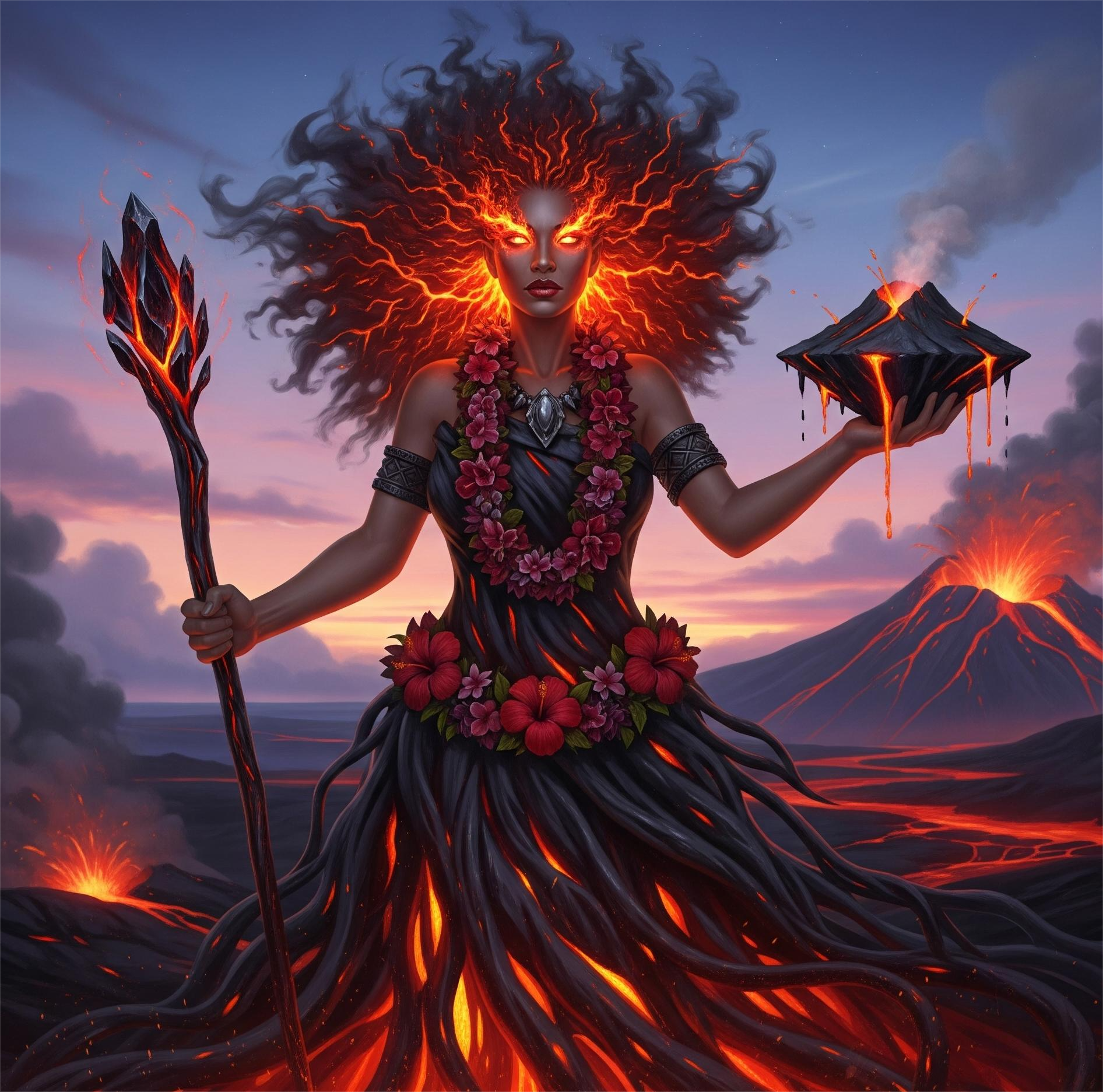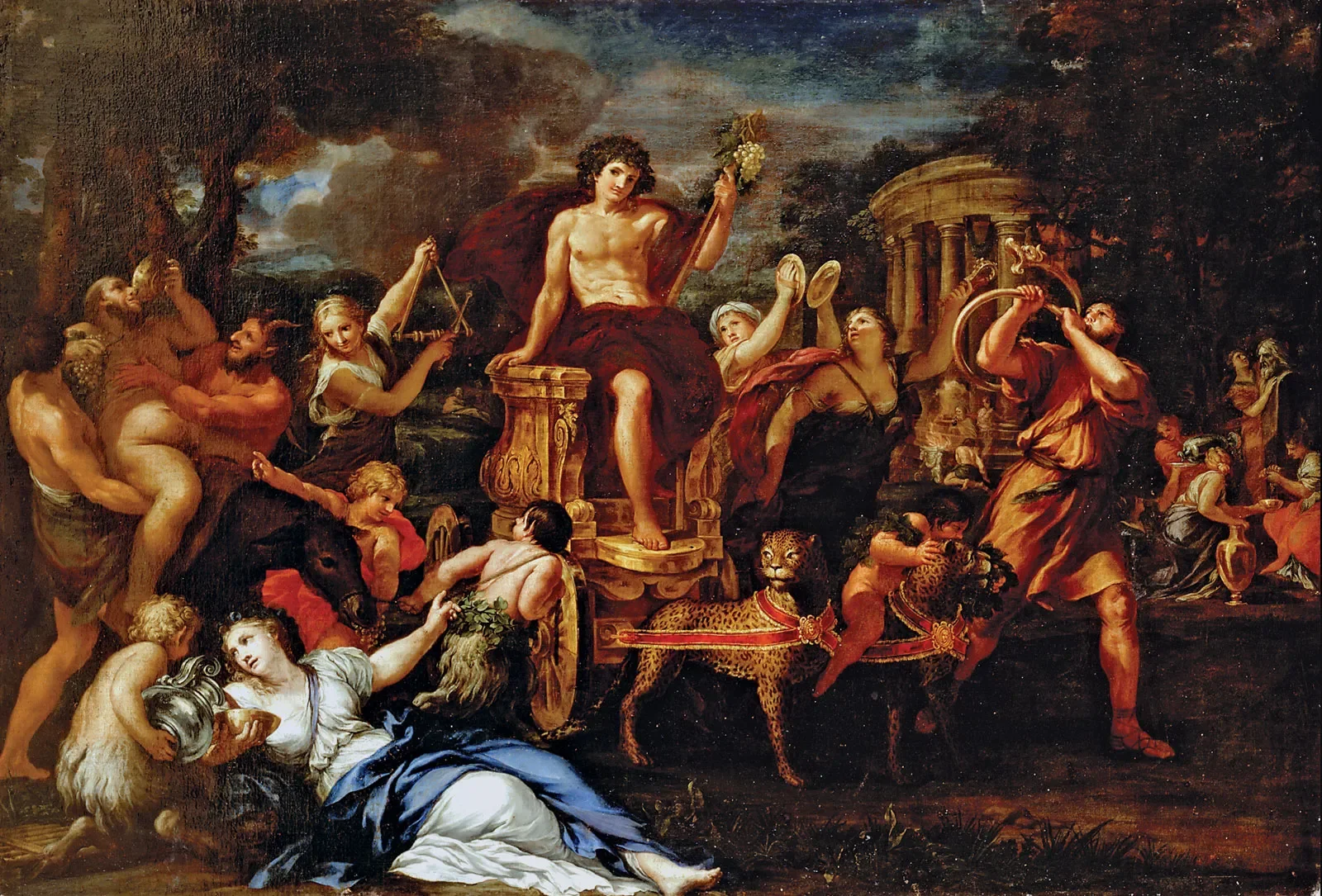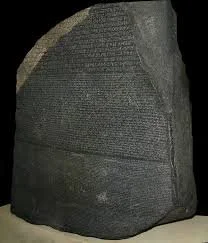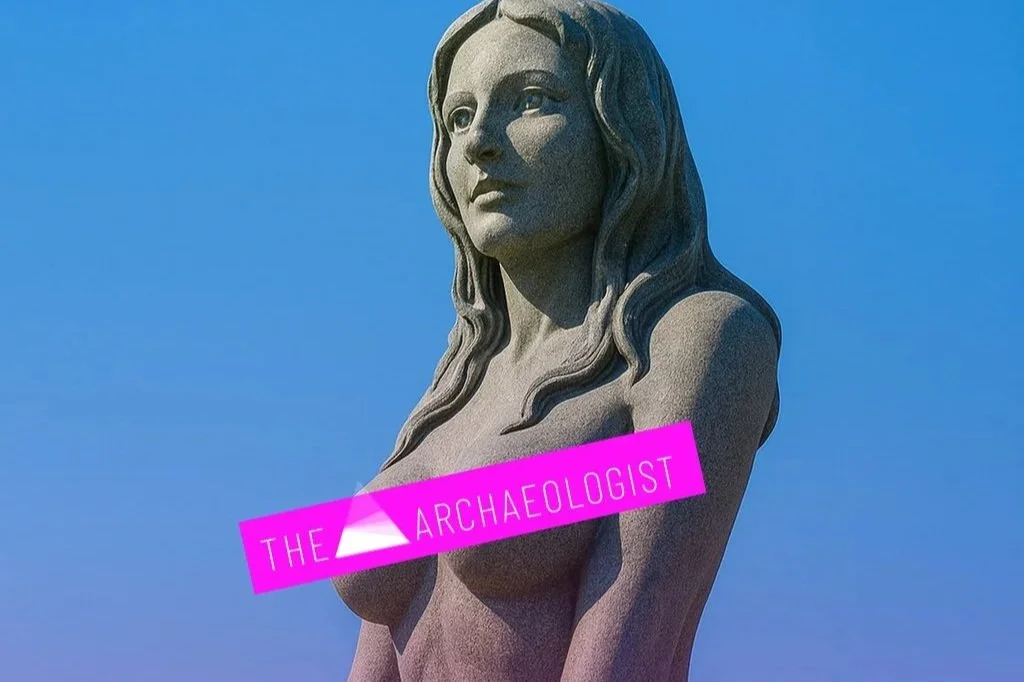Gladiators have become one of the most iconic symbols of Ancient Rome. Their lives—often brutal, dramatic, and paradoxically revered—were deeply entwined with Roman culture, politics, and entertainment. These fighters were more than just bloodsport participants; they were carefully trained warriors, symbols of power, and even celebrities in their own right. The story of the gladiator is one of hardship, spectacle, and the violent theater of Roman society.
Origins of the Gladiatorial Games
The origins of gladiatorial combat are not strictly Roman. The first recorded games in Rome date to 264 BCE, when the sons of Junius Brutus honored their father's funeral with a munus—a ritualistic combat between slaves. Inspired by earlier Etruscan and possibly Campanian traditions of funerary duels, these spectacles evolved over time from religious rituals to state-sponsored mass entertainment.
As the Roman Republic grew into an empire, the scale of gladiatorial contests exploded. What began as solemn, symbolic violence became institutionalized bloodsport. Emperors, generals, and wealthy citizens began hosting lavish games to curry political favor or show dominance, and gladiators became the centerpiece of Rome’s obsession with control over life and death.
Who Were the Gladiators?
Gladiators were not all slaves, though many were. The majority came from:
War captives: Prisoners of Rome’s many conquests, especially Gauls, Thracians, and Germans.
Criminals (noxii): Convicted offenders sentenced to die in the arena.
Slaves: Sold into gladiatorial schools (ludi) by their masters or as punishment.
Volunteers (auctorati): Free men—often debt-ridden or glory-seeking—who chose the gladiator’s life.
Despite their often lowly origins, gladiators could gain social admiration, fame, and occasionally even freedom (rudis). The paradox of the gladiator was that he was both despised and idolized: a slave with the power to thrill thousands and shape public opinion.
Training and Life in the Ludus
Gladiators lived and trained in specialized schools (ludi) run by a lanista, a kind of manager and trainer. The most famous of these schools was the Ludus Magnus, situated near the Colosseum in Rome.
Daily life in the ludus was harsh and highly regimented. Gladiators were subjected to:
Grueling physical training: Conditioning, weapon drills, and mock combat.
Specialized fighting styles: Each gladiator had a specific role, such as:
Murmillo: Heavily armored, with a large shield and short sword.
Retiarius: Lightly armored, using a net and trident—fast and agile.
Thraex: Wielded a curved sword and small shield, wearing a crested helmet.
Secutor: A chaser who specialized in defeating the retiarius.
Strict diets: Rich in carbohydrates and calcium to maintain strength and repair bones.
Psychological preparation: Gladiators were taught to face death with stoicism—dying well was as important as fighting well.
Though kept under tight watch, gladiators developed their own brotherhoods, or familiae. The camaraderie and status they shared inside the ludus created a culture of pride—even among men whose fates were uncertain.
The Spectacle of the Arena
At the heart of Roman entertainment stood the arena, the most famous being the Flavian Amphitheater, or Colosseum, completed in 80 CE. With seating for over 50,000, the Colosseum was a venue for statecraft as much as spectacle.
A typical gladiatorial game day included:
Opening ceremonies: Parades of gladiators, sometimes accompanied by exotic animals.
Venationes: Animal hunts involving lions, elephants, or leopards.
Executions: Criminals (noxii) were often killed in cruel, theatrical ways.
Main event: Gladiatorial combat in pairs or teams, often with themed battles.
Combat did not always end in death. While popular imagination sees gladiators killing one another in every match, the reality was more complex. Because gladiators were expensive investments, most matches ended when one combatant yielded. The editor (sponsor of the games) could grant mercy or order death—often with input from the audience's shouts of "Mitte!" (let him go) or "Iugula!" (kill him).
Gladiators as Pop Culture Icons of Rome
Despite their status as slaves, gladiators captured the Roman imagination. They became subjects of graffiti, pottery art, and poetry. Successful gladiators enjoyed:
Fan adoration: Especially from women. The poet Juvenal mockingly called gladiators "heroes of the bedroom."
Wagering and fame: Gladiators gained nicknames, fan clubs, and betting odds.
Potential freedom: A gladiator who fought well for several years might be awarded a rudis, a wooden sword symbolizing freedom.
Some gladiators, like Spartacus, even shaped history. A Thracian gladiator, Spartacus led a massive slave rebellion from 73–71 BCE that challenged Roman legions and exposed the fragility of the Roman social order.
The Decline of the Gladiator Games
By the 3rd and 4th centuries CE, attitudes began to shift. Christianity’s spread across the empire brought a new moral lens to the games. Church fathers condemned the arena as sinful and bloodthirsty.
The turning point came under Emperor Honorius in 404 CE, when gladiator games were officially banned in Rome following the death of a monk, Telemachus, who tried to stop a match and was killed by the crowd. The arenas fell silent, and the gladiator, once the face of Roman might and spectacle, faded into history.
Legacy
Though the blood has long dried on the sand, the legacy of the gladiators remains immortal. From modern films like Gladiator to historical novels, the figure of the armored fighter symbolizes resilience, spectacle, and defiance against fate.
But beyond the myths lies a powerful truth: gladiators, despite their chains, captured the hearts of a society obsessed with control, mortality, and heroism. Their legacy is not just of violence—but of endurance, fame, and the brutal grandeur of an empire that once ruled the world.







